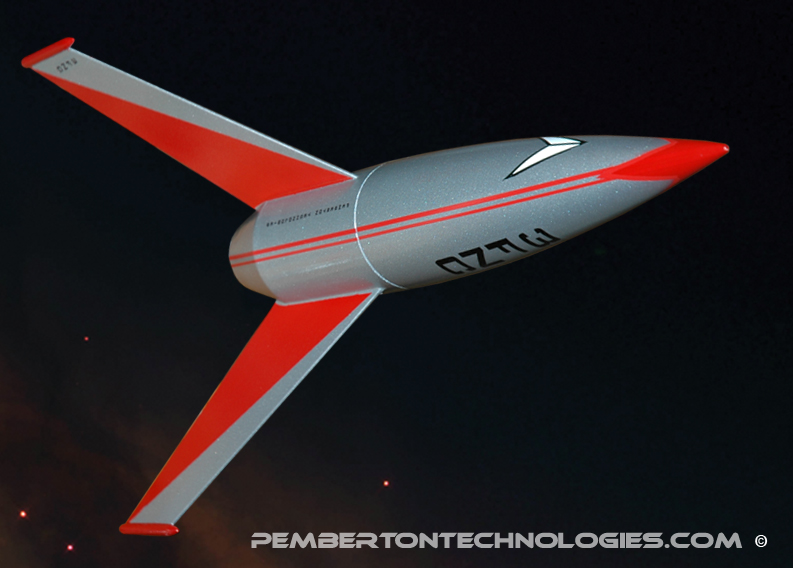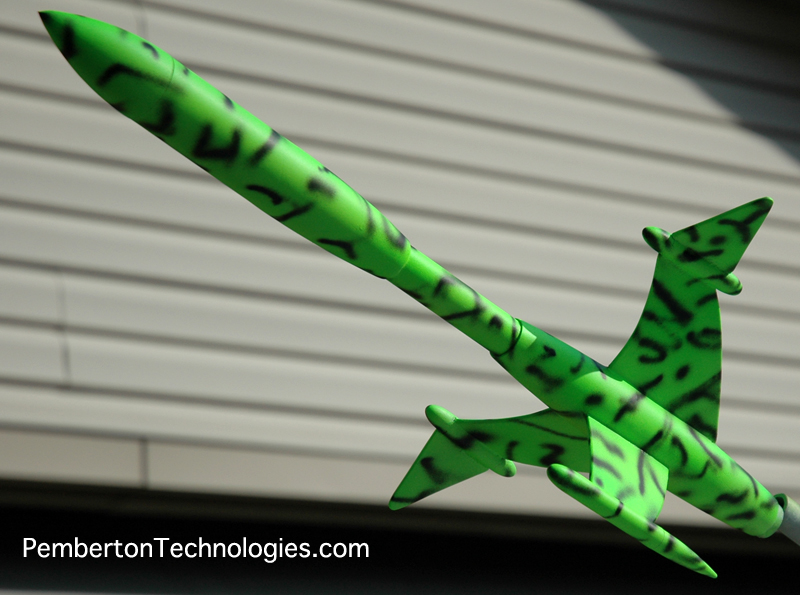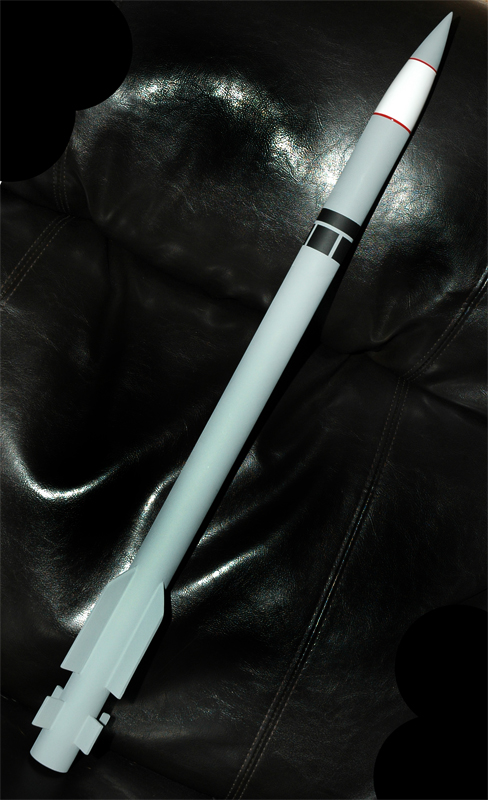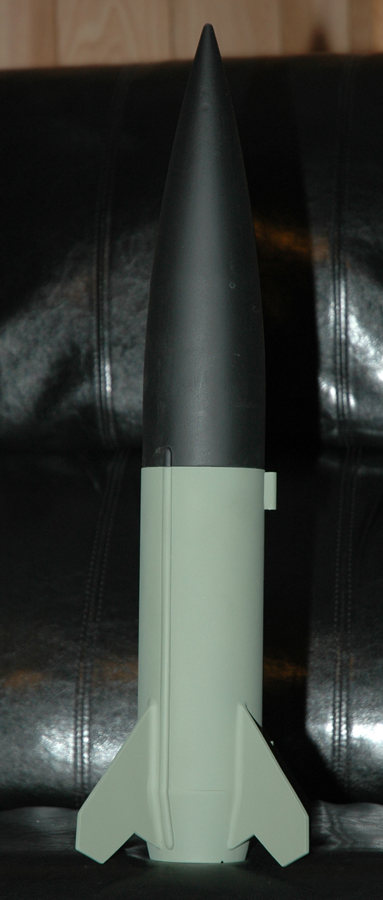Quote:
|
Originally Posted by Pem Tech
*backstroking through the vitriol*
To each there own....
clhug:
Glad you asked. Use typing paper with school glue, glue stick or whatever works for you to cover the woodgrain. Below is a detailed How To posted on TRF. Give it a try and see what you think.
Personally I use self adhesive label paper to avoid wrinkling.
Papering fins thread on TRF
Just a few of my builds with papered fins



 |
EXACTLY!!!
Every guy I've seen knock the papering of fins are using SOME OTHER METHOD OR MATERIALS than what Layne is talking about here... I use the EXACT SAME METHOD, and it WORKS, PERIOD!
That said, there are some "tricks" to it, but they're really easy.
First off, USE WHITE GLUE!!! Don't use yellow carpenters glue (shrinks too much) or (IMHO) other types of glue. Layne says he's had good luck with glue sticks and school glue, both variations on the plain old white Elmer's glue... I've had terrific luck with plain Elmer's white and haven't really tried the others, but I wouldn't be surprised that they worked. Yellow glue just doesn't behave the same, it shrinks too much, and causes problem.
SECOND, *THE* biggest problem I've seen is people using TOO MUCH GLUE. Use ONLY enough glue to completely cover the paper in a VERY THIN, EVEN COAT of glue... press the fin down HARD against the paper, then I apply another VERY THIN EVEN COAT of glue to the unpapered surface of the fin, and fold the fin over onto the rest of the paper, over the leading edge. YOU DO NOT WANT TOO MUCH GLUE OR THE PAPER WILL WRINKLE, WEAKEN AND TEAR, WARP THE FIN, ETC. Basically you should be able to wipe your finger across the glue-applied surface and it come away DAMP with glue, but NO EXCESS GLUE... People usually use too much glue in the MISTAKEN BELIEF that additional glue adds strength-- IT DOES NOT!!! Additional glue only WEAKENS the joint and creates problems from the water "solvent" in the white glue softening and distorting the paper.
THIRD, you need to take a round sharpie marker and BURNISH DOWN the paper onto the surface of the paper-encapsulated fin. Work from the leading edge toward the trailing edge of the fin, and from the center towards the root and tip edges of the fin. This squeezes out ALL excess glue and makes the paper settle down into intimate contact with the wood itself, with only the thinnest layer of glue solids between them to form the joint, and ensure that all air bubbles and other nasties are out of there and that the joint is GOOD AND TIGHT! The paper should be burnished over the edges of the fin to ensure that the edges are well sealed down-- in fact I run the sharpie marker around the paper and burnish it down to itself and the edges of the fin, to ensure absolutely good contact and "seal" the fin inside a layer of paper. The paper is then trimmed later with a SHARP X-ACTO blade to remove any paper from the tip and root edges and trim it down flush to the trailing edge of the fin once dried.
FOURTH, by using the "folded over the leading edge" technique (I detail in my Dr. Zooch Vanguard Eagle build thread) the paper is strongest where the aerodynamic loads on it are the strongest-- it's FOLDED OVER THE LEADING EDGE. Other techniques that are commonly used, using profile "cut-outs" of paper to "skin" the fins from BOTH SIDES, leave an exposed edge at the leading edge which the several hundred MPH slipstream of air rushing past the rocket is attempting to RIP OFF of the fin, making for a weak spot. Most of the delamination problems I've read about have come from people using "self-adhesive label paper" and other things with weak adhesives that are NOT THE BEST FOR PAPER AND WOOD BONDING APPLICATIONS and that leave an exposed edge where the slipstream can attack it in flight, and try to overcome this deficiency with CA "superglues" to essentially "nail" the paper down. If the paper is ONE PIECE that wraps OVER THE LEADING EDGE and then encapsulates BOTH SIDES of the fin, the only "seam" in the paper/glue joint is at the TRAILING EDGE, which the slipstream is PUSHING DOWN against the fin... I've NEVER had a white glue papered fin delaminate.
FIFTH, lots of people believe you have to use some "magic paper" or heavy duty cardstock to achieve any results... this is simply NOT TRUE and COUNTERPRODUCTIVE!!! I use ordinary Wal-Mart 60 pound PRINTER PAPER with perfect results. Heavy-weight paper and cardstock is harder to bend and get to stay "stuck down" because it wants to "straighten out" due to it's own thickness-- which is easier to fold and get it to hold a sharp crease?? Typing paper or construction paper or cardstock?? Same thing applies to papering fins! Some folks have, with varying degrees of success, tried various "butcher papers", "Freezer papers", etc. Some have detailed their failures due to these "exotic papers" and then condemn the entire process because of poor material selection. While some have experienced success and advocate for certain procedures and materials, which if it works for them and you can duplicate their results, GOOD FOR THEM AND FOR YOU! If not, *I* CAN report that using THIN LAYERS OF WHITE GLUE, wrapping the paper OVER THE LEADING EDGE TO ENCAPSULATE THE BALSA FIN, and using ORDINARY PRINTER OR TYPING PAPER *WILL* work, IF DONE CORRECTLY. Others have attempted using other papers like "self adhesive label paper" and such things, again, with varying levels of success and various longevity.
Check out the threads and posts I posted... try it AS SHOWN and if you do it RIGHT, it'll work!
Later! OL J R
